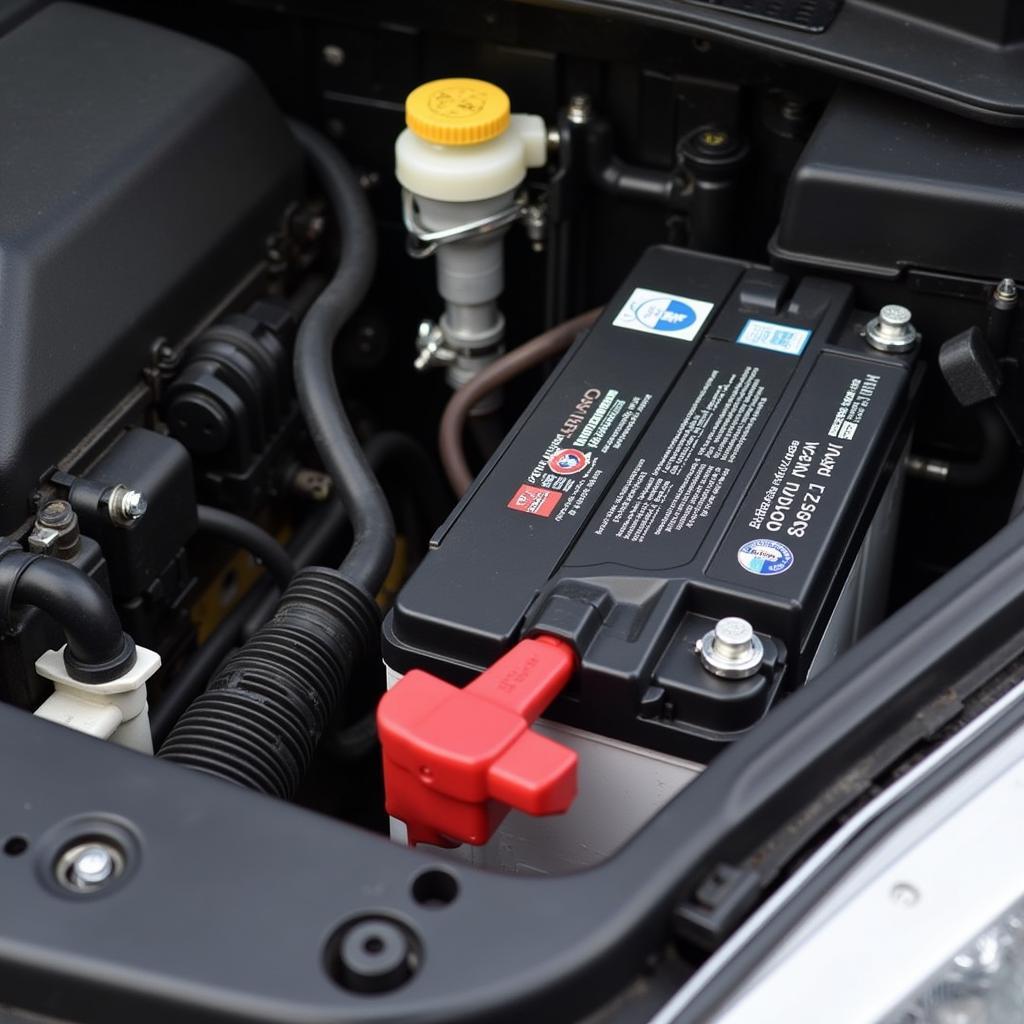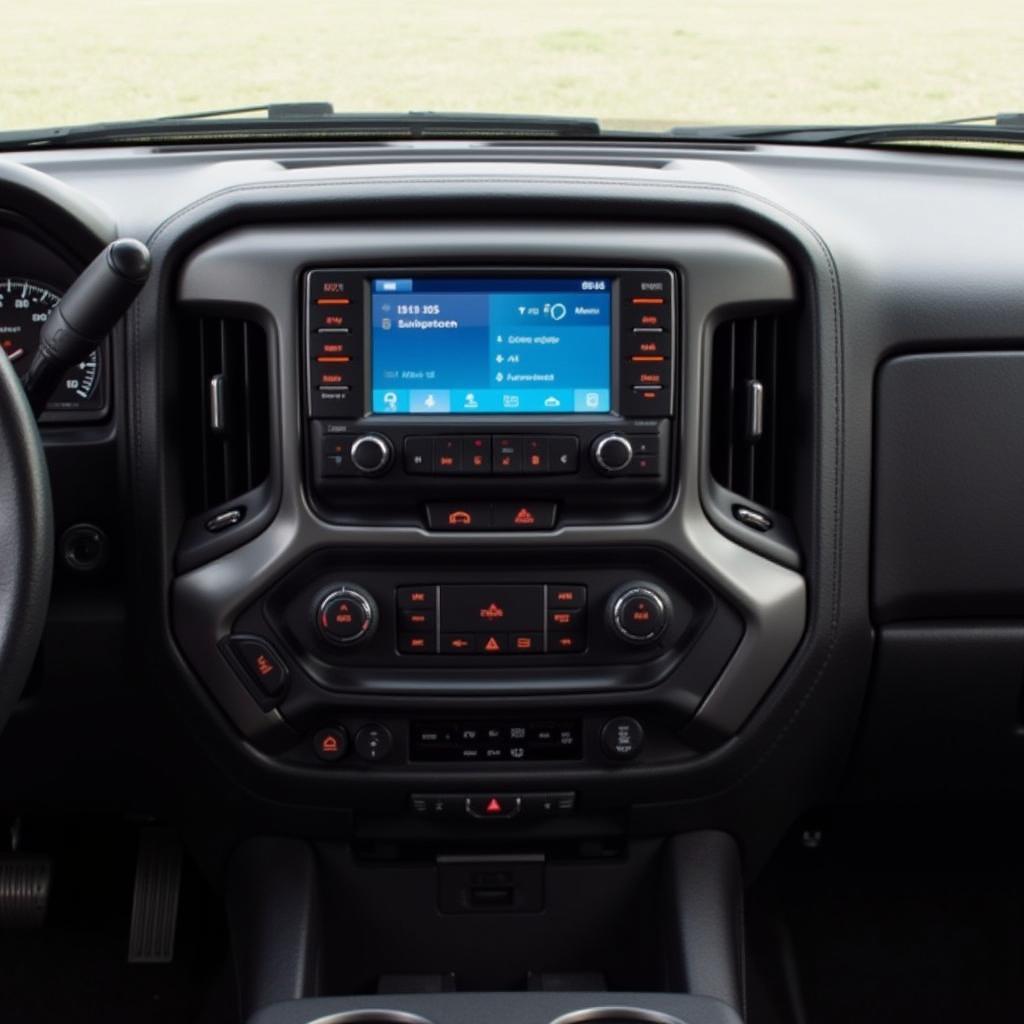A dead battery in your Dodge Journey can be frustrating, especially when it seems to happen out of the blue. This article addresses the common causes of “dodge journey battery drain” and provides practical solutions for troubleshooting and fixing the problem. Learn how to identify the culprit, from faulty components to simple user errors, and get your Journey back on the road. dodge journey battery keeps dying
Excessive battery drain is a common complaint among Dodge Journey owners. Several factors can contribute to this issue, ranging from parasitic draws to failing alternators and even extreme weather conditions. Understanding the potential causes is the first step towards resolving the problem. Some simple checks, like ensuring interior lights are off and the doors are fully closed, can often prevent unnecessary drain.
Why is My Dodge Journey Battery Draining?
Several components can contribute to a Dodge Journey battery drain. A faulty alternator, a common culprit, fails to recharge the battery while the engine runs. Similarly, a parasitic draw, where a component continues to consume power even when the car is off, can slowly drain the battery overnight. Age and extreme temperatures can also affect battery performance. A battery that’s nearing the end of its lifespan is more susceptible to draining quickly.
 Dodge Journey Battery Location
Dodge Journey Battery Location
Another often overlooked cause is leaving accessories like interior lights, headlights, or the radio on after the engine is switched off. This seems obvious, but it’s surprisingly common. Regularly check that all accessories are turned off when you leave your vehicle. You may also find helpful tips at 2014 dodge journey battery problems.
Common Culprits Behind a Dodge Journey Battery Drain
- Faulty Alternator: A malfunctioning alternator won’t adequately charge the battery, leading to a drain.
- Parasitic Draw: A component continues drawing power even when the car is off.
- Old Battery: Batteries degrade over time, leading to reduced capacity and faster draining.
- Extreme Temperatures: Both extreme heat and cold can stress a car battery and reduce its performance.
- Leaving Accessories On: Leaving lights or other electrical accessories on can drain the battery.
“A weak or dying battery often displays warning signs such as slow engine cranking, dimming headlights, and malfunctioning electrical accessories,” advises automotive expert, Michael Stevenson, ASE Certified Master Technician.
How to Diagnose a Dodge Journey Battery Drain
Diagnosing the root cause requires some investigation. Start by testing the battery’s voltage with a multimeter. A fully charged battery should read around 12.6 volts. If the voltage is significantly lower, the battery may be the problem. Next, check the alternator’s output while the engine is running. A healthy alternator should provide around 14 volts. If the output is lower, the alternator might be failing. For persistent drainage, a parasitic draw test is crucial. This test involves disconnecting the negative battery cable and measuring the current flow with a multimeter. car battery keeps running down provides more details on how to perform this test.
Performing a Parasitic Draw Test on Your Dodge Journey
- Gather your tools: You’ll need a multimeter and potentially a test light.
- Disconnect the negative battery cable: Be sure to turn off all accessories before doing this.
- Connect the multimeter: Set it to measure DC amps and connect it in series between the negative battery terminal and the negative battery cable.
- Observe the reading: A small draw (around 50 milliamps) is normal. Anything significantly higher indicates a parasitic draw.
- Isolate the circuit: Begin pulling fuses one by one while observing the multimeter reading. A significant drop in current when a specific fuse is pulled identifies the circuit with the parasitic draw.
“Remember, even a seemingly insignificant draw can drain your battery over time, so it’s important to address any unusual current readings,” adds Sarah Johnson, Lead Electrical Systems Engineer at Auto Solutions Inc.
Solutions for Dodge Journey Battery Drain
Once you’ve identified the cause, address it promptly. A faulty alternator or battery will need replacing. Addressing a parasitic draw involves tracing the faulty component within the affected circuit and replacing or repairing it. Remember, regularly inspecting your battery and its connections can prevent future issues. car battery keeps dying in cold weather offers additional advice on battery maintenance. Also, be mindful of your driving habits. Short trips don’t allow the alternator enough time to fully recharge the battery, which can contribute to premature battery failure.
Conclusion
A “dodge journey battery drain” can be a nuisance, but understanding the common causes and diagnostic procedures can empower you to resolve the problem effectively. By following the tips outlined in this article, you can keep your Dodge Journey running smoothly and avoid the frustration of a dead battery. parasitic draw car offers additional resources for troubleshooting electrical issues in your vehicle.

